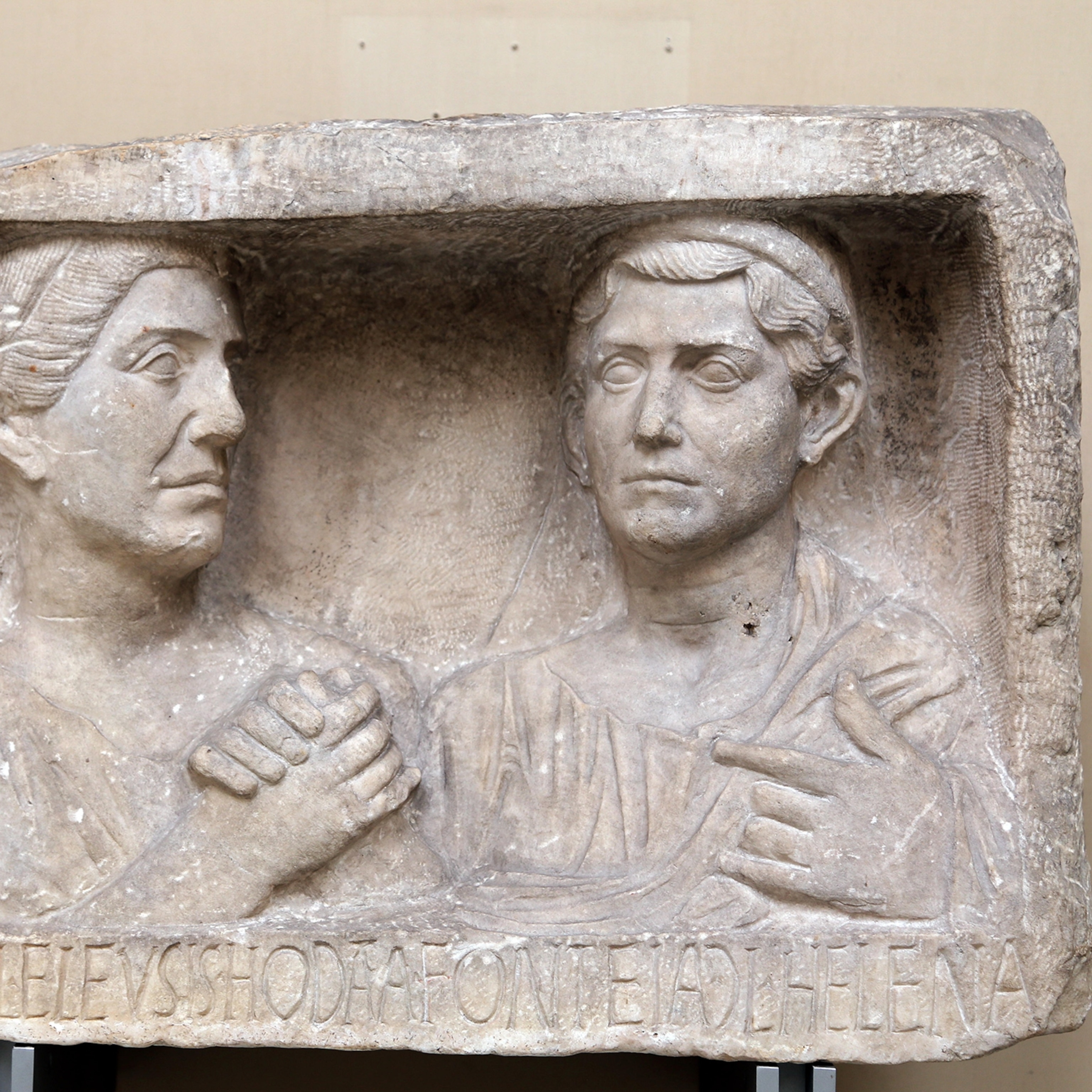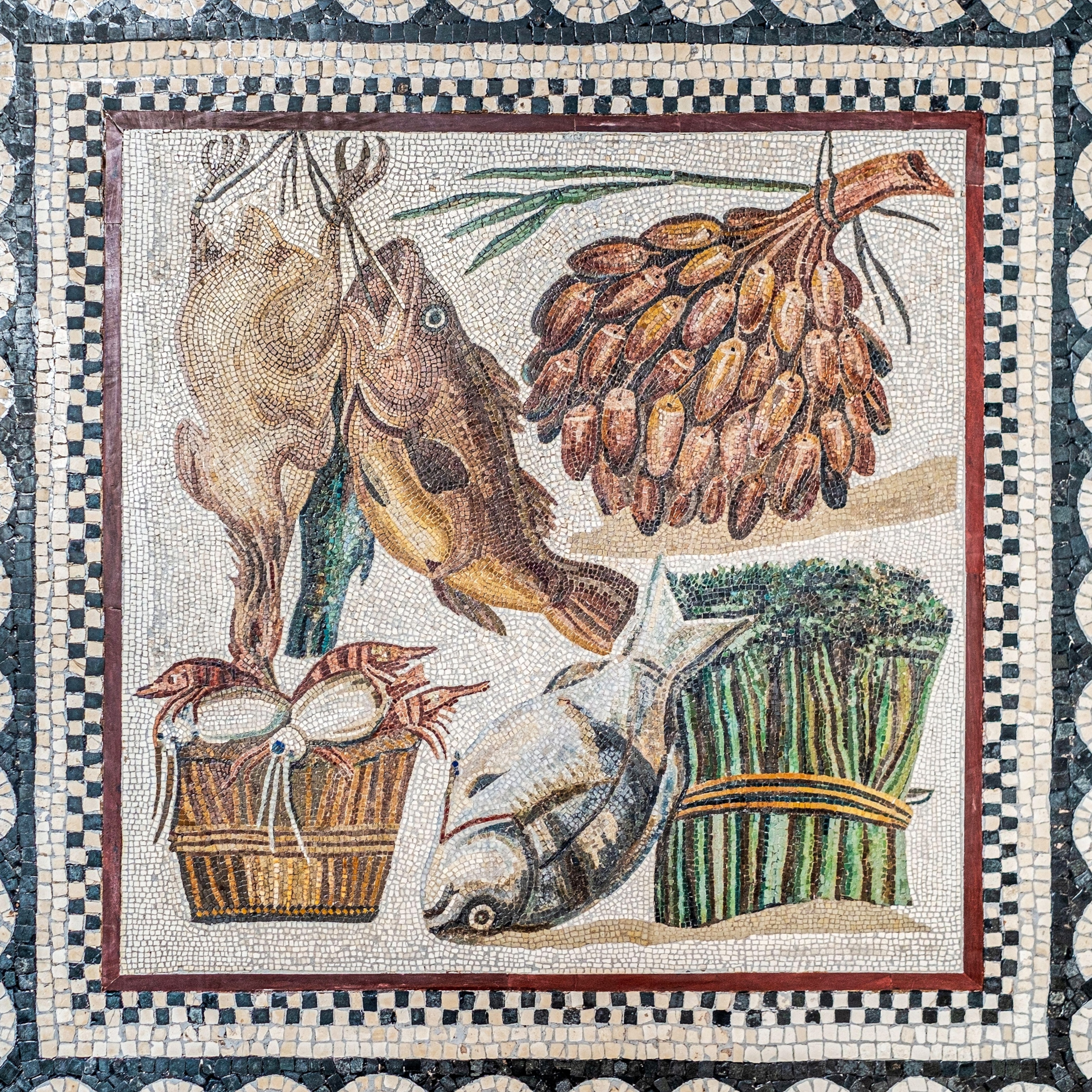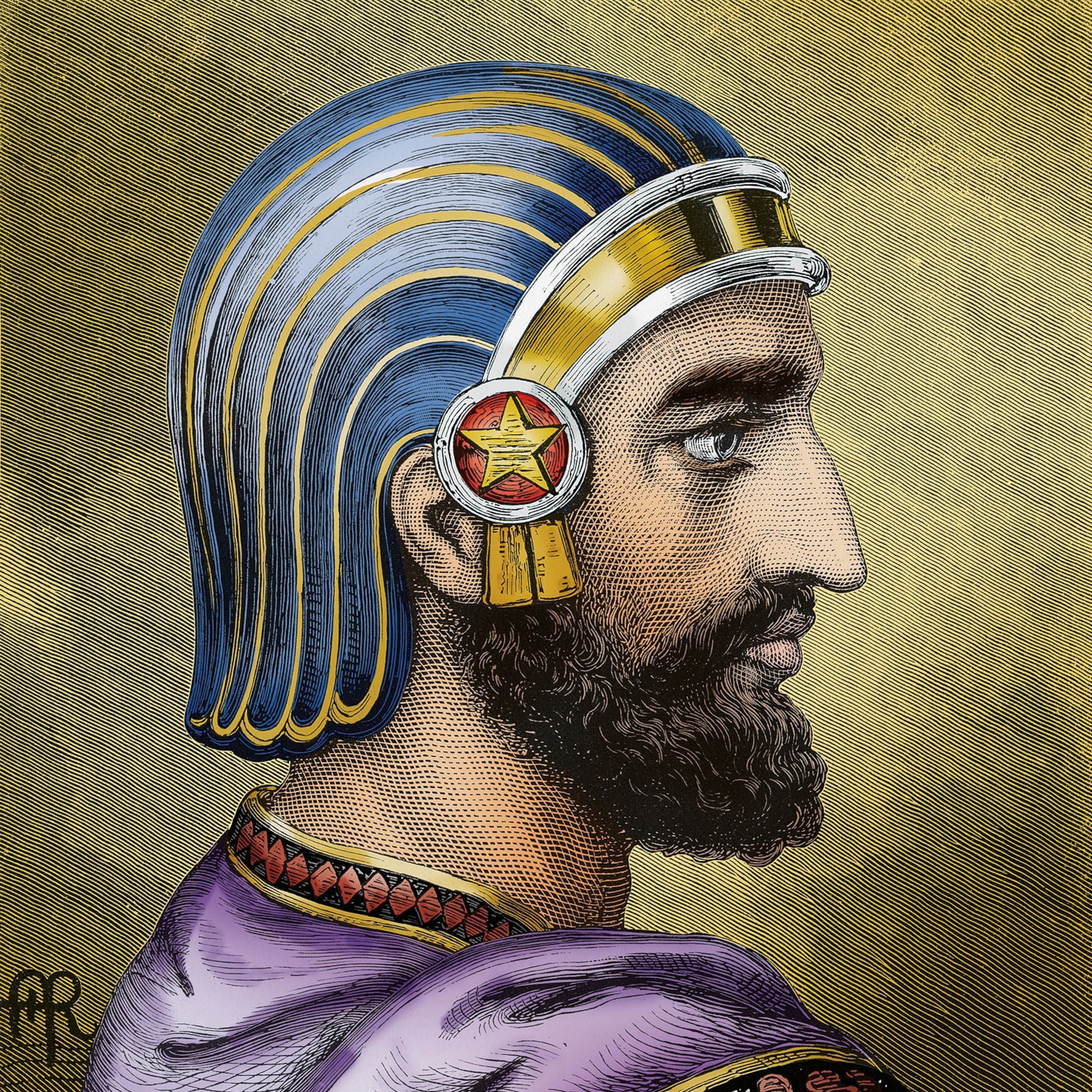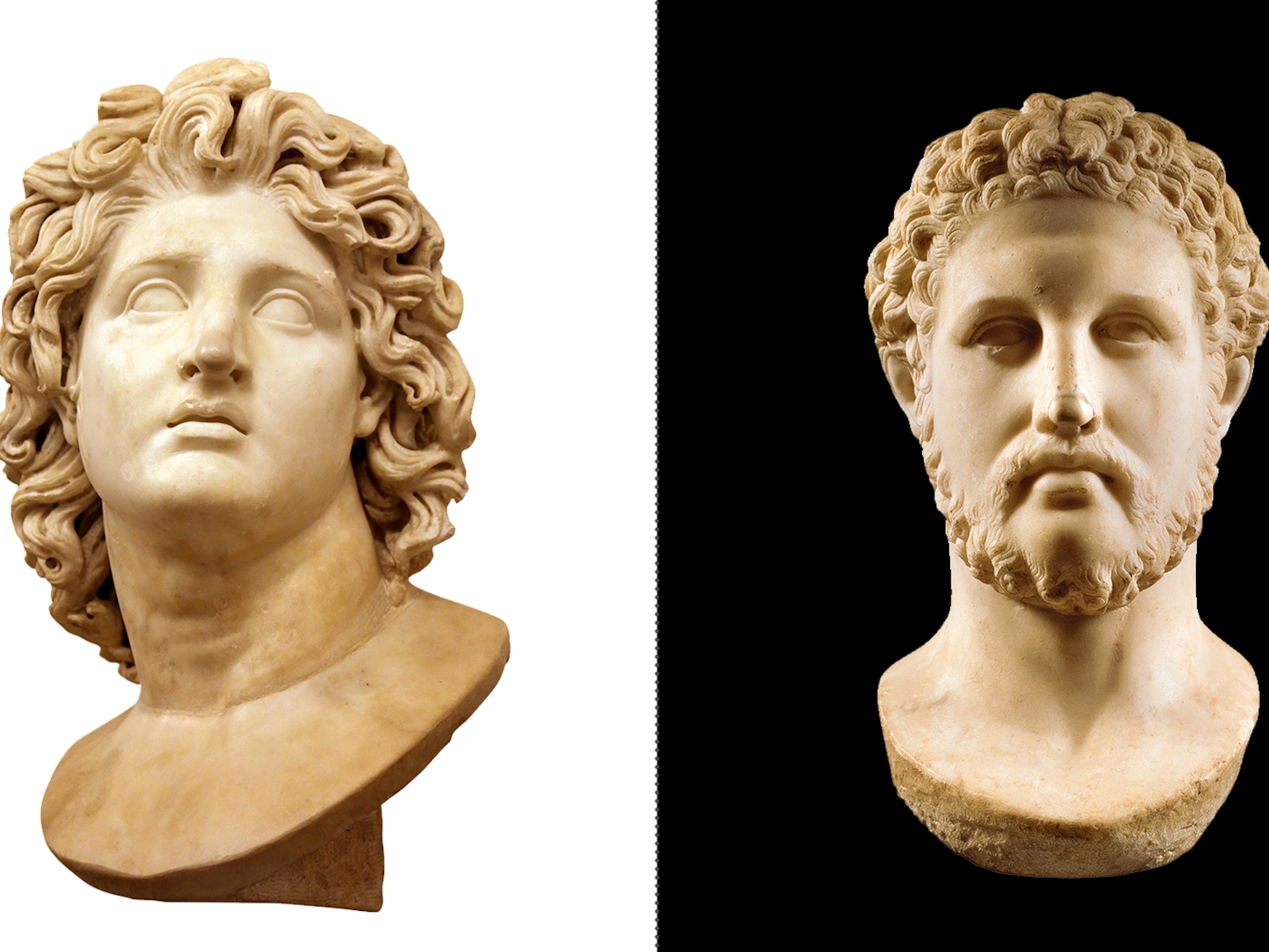This Roman emperor spared no expense on his passion for all things Greek
A lover of ancient Greece, Emperor Hadrian transformed Athens into a new cultural center and was worshipped as a god in return.

Any city awaiting a visit from a Roman emperor would have thrummed with anticipation, but for Athenians in A.D. 124, the expectation was even greater. Hadrian, whose realm stretched from Britain to Babylonia, had a well-known passion for Greece, which he had cultivated since he was a child. Out of all the cities under Rome’s control, Hadrian selected Athens as his intellectual home, a city on which he would lavish funds on building monuments.
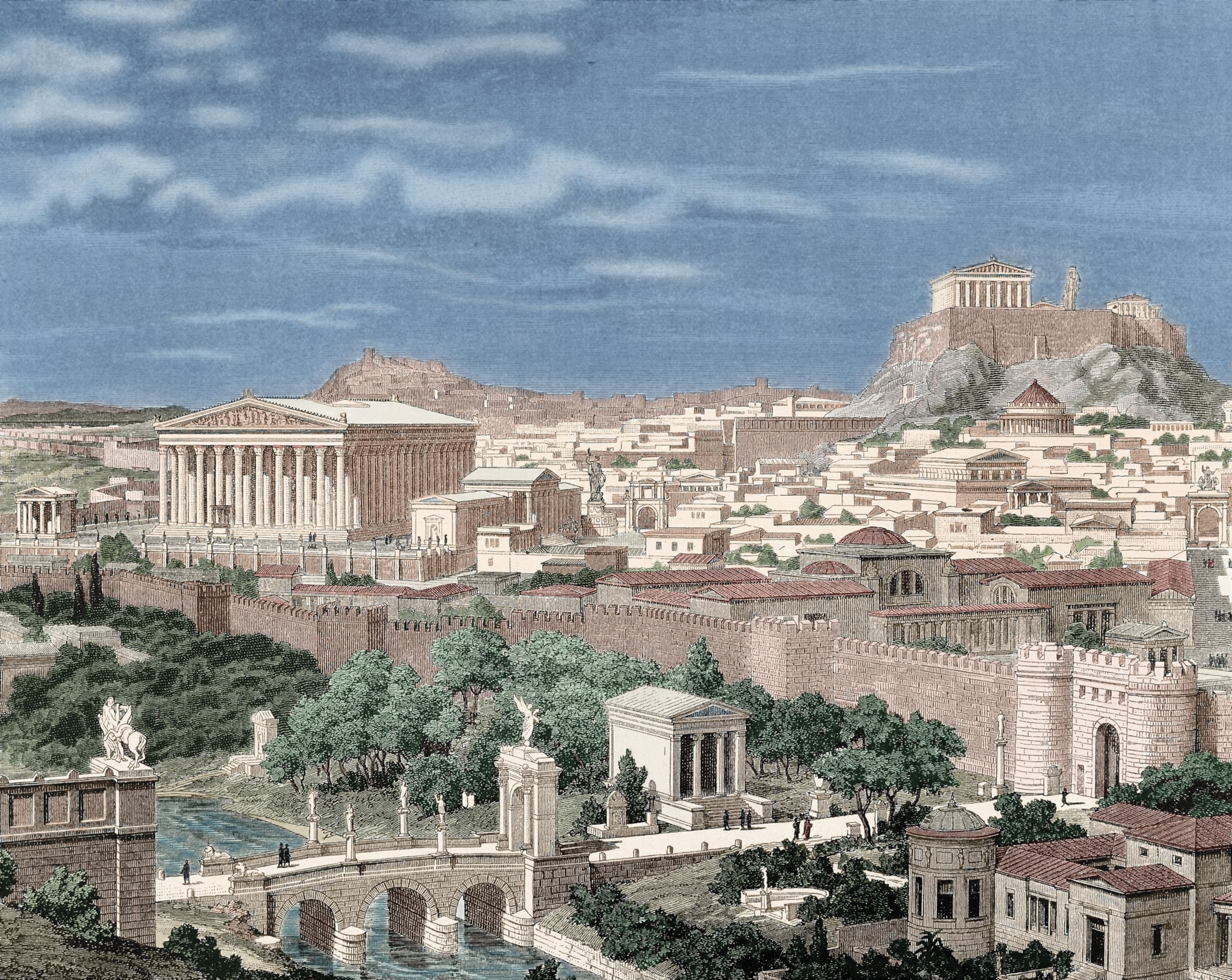
Hadrian’s relationship with the city of Plato and Pericles was reciprocated by the Athenians, who came to regard the emperor as their city’s new founder and a deity in his own right. The monuments he built in Athens reflected not just its ancient glory but its modern importance too: Hadrian knew that his exaltation and improvement of the city would help stabilize the fractious eastern part of the sprawling Roman Empire he had come to rule.
Exploring everything
Born in A.D. 76 in Italica, near the modern Spanish city of Seville, Publius Aelius Hadrianus was born into an aristocratic family. When his father died in A.D. 85, Hadrian became a ward of his cousin (and future Roman emperor) Trajan, who ensured the youth had a fine education, which would have included Greek history and philosophy. Young Hadrian was so fond of these subjects, he earned the nickname “Graeculus,” which means “Greekling.”
Hadrian moved to Rome at age 14 and continued his upward rise in Roman circles of power. When he was 22 in A.D. 98, Trajan became Roman emperor. Hadrian benefited from his mentor’s successes and took on various roles and duties—from military tribune to praetor to consul. During a trip to Athens in 111-112, Hadrian earned perhaps his favorite post: archon, or chief city official. According to an inscription found at the Theater of Dionysus, the Athenians granted Hadrian citizenship and appointed him to the position. During this time, Hadrian was free to submerge himself in his childhood passion for Greek culture.
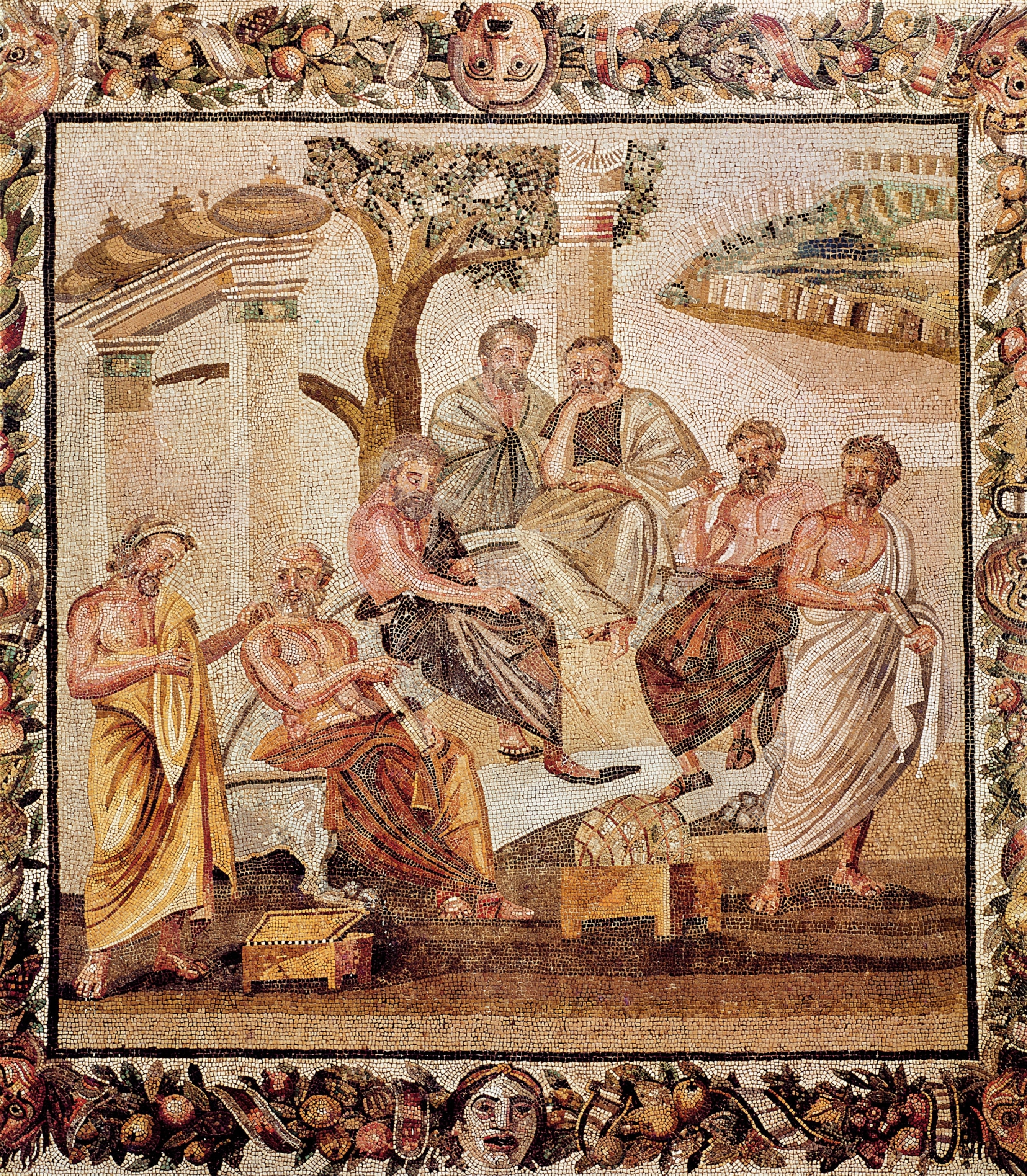
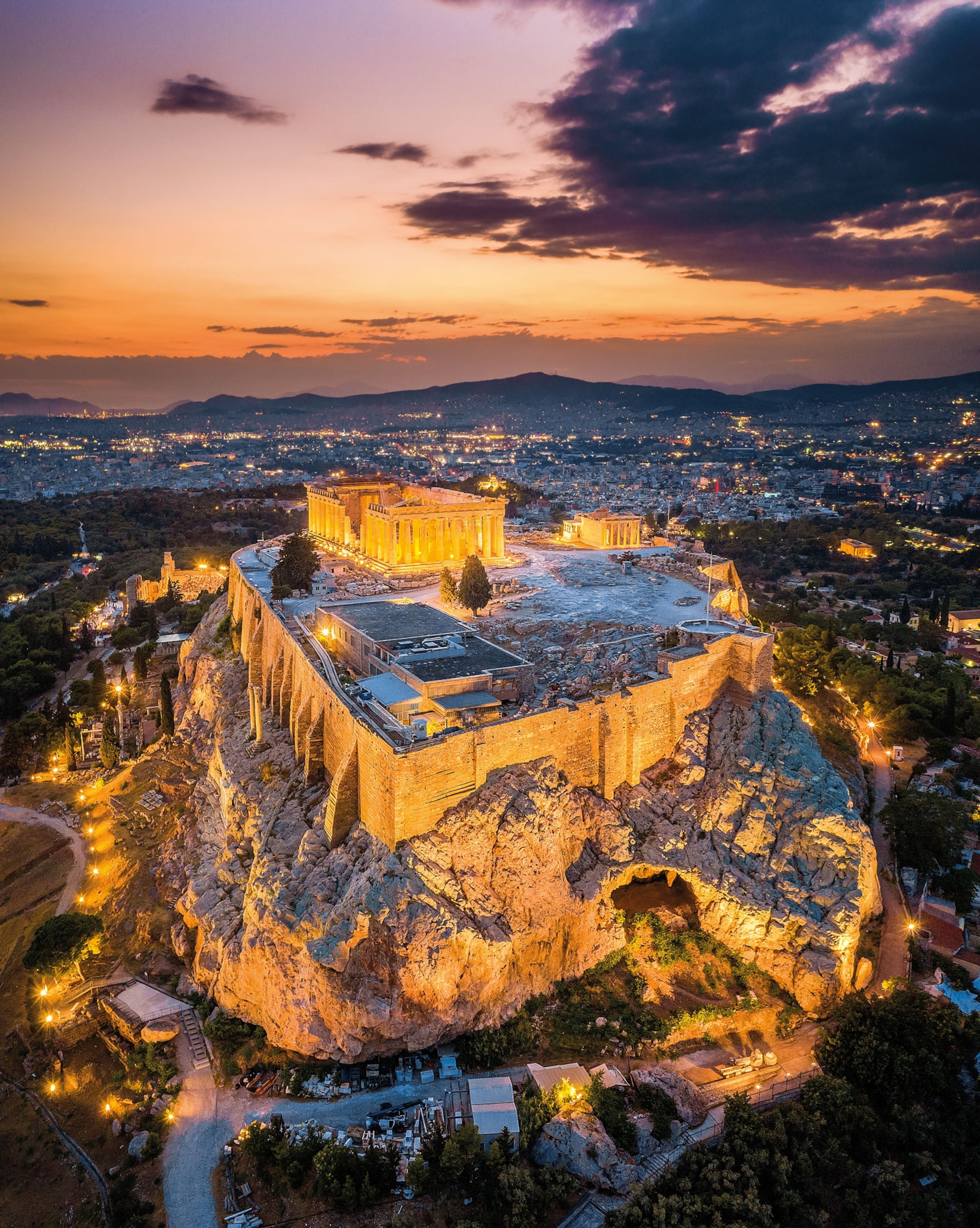
As a young soldier, enjoying his cousin’s patronage, Hadrian participated in the dramatic expansion of Roman power under Trajan. The empire grew dramatically during Trajan’s 19-year reign, in which he annexed modern-day Romania (Dacia) as well as the distant lands of Mesopotamia. Trajan died in Sicily in 117, and Hadrian became the next emperor. (How to read Trajan's Column, an ancient comic strip.)
After consolidating his power, in 122 he set about a grand tour of his empire, starting in his Iberian homeland and working his way east. Writing in the third century, the North African theologian Tertullian described Hadrian’s urge “to be an explorer of everything.” His travels combined a shrewd military eye with a scholar’s avid interest, and no place stimulated that interest more than Athens. Remembering his fervor of his first encounter, Hadrian set up a return visit. Athenians ensured that when the travel-weary emperor finally entered the city in 124, he was welcomed in style.
A tutor for an emperor
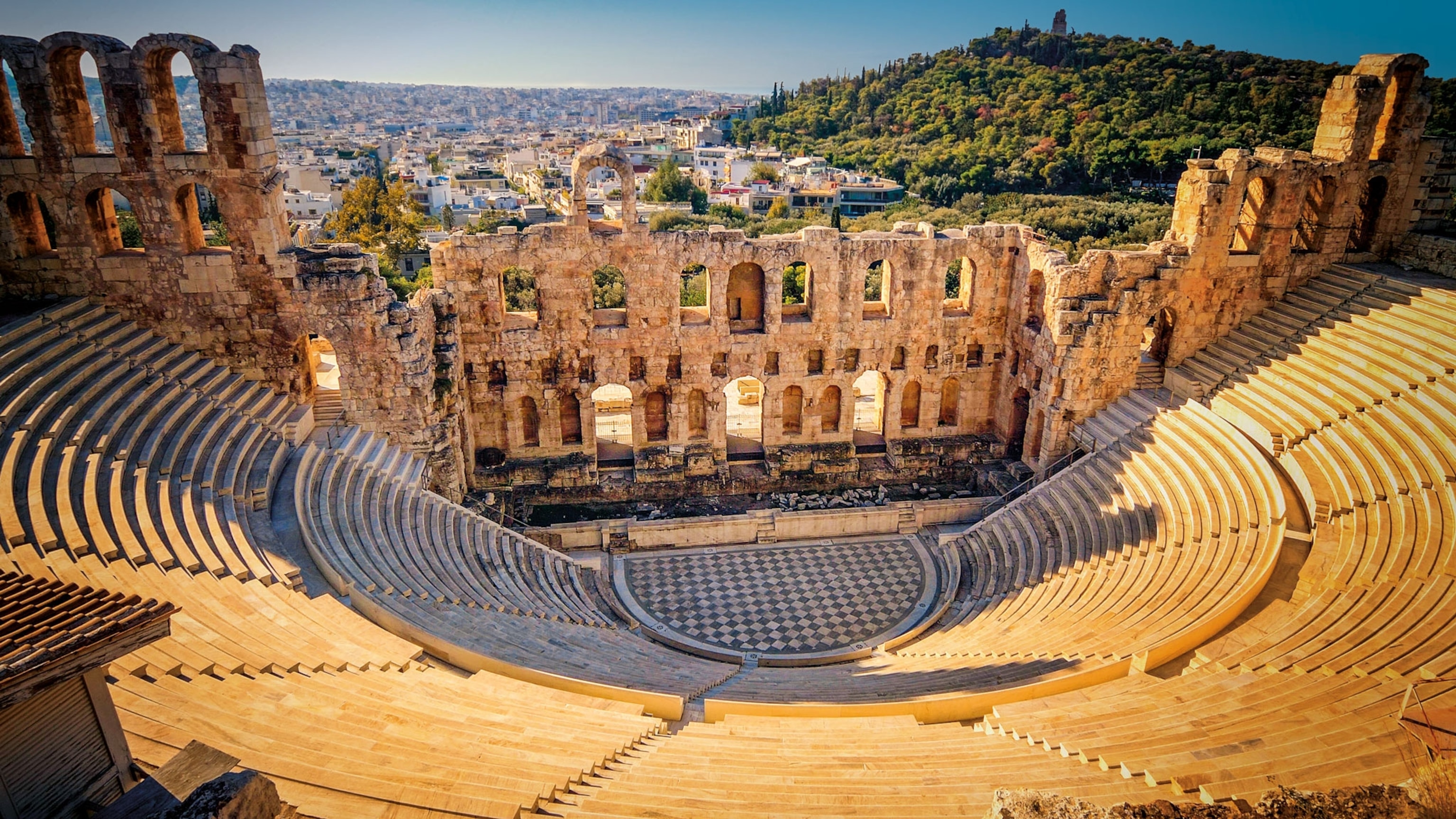
In his exaltation of Athenian culture, Hadrian befriended Athenian aristocrats, notably Herodes Atticus, a rich, Romanized philosopher and statesman. In the spirit of Hadrian’s revitalization program, Herodes funded Athenian monuments after Hadrian’s death, including the Odeon on the Acropolis. A theater whose acoustics are suited to musical performance, the Odeon was an important resource in a city priding itself on a cultural renaissance.
Toward the end of Hadrian’s reign, Herodes Atticus was appointed tutor to one of Hadrian’s wards, Marcus Aurelius, who would become the last emperor of the Pax Romana. Beginning in A.D. 161, Marcus Aurelius’s reign was marked by his deep learning and immersion in Greek thought, especially Stoic philosophy.
Love and hate
Hadrian’s Athenian attachment originated in a long-standing Roman fascination with Greece and classical culture. Centuries before Rome became a regional power, Romans came into contact with Greek colonists on the Italian peninsula, adapting and borrowing from their mythology and pantheon of gods. (The monstrous Minotaur riveted ancient Greece and Rome.)
By 155 B.C. the Roman Republic was a well-established power, and Greek philosophers traveled to Rome and deeply influenced Roman thought. Around 20 B.C., when Augustus Caesar was forging the empire that Hadrian would come to inherit, the poet Virgil consolidated this sense of continuity between the Greek and Roman worlds in his epic poem, the Aeneid. Virgil’s hero, the Trojan prince Aeneas, escapes from the conquered city and leads a group of exiles to Italy where he founds Rome. Revisiting Rome’s origin story, the Aeneid serves to strengthen the link between Caesar’s Rome and ancient Greece.

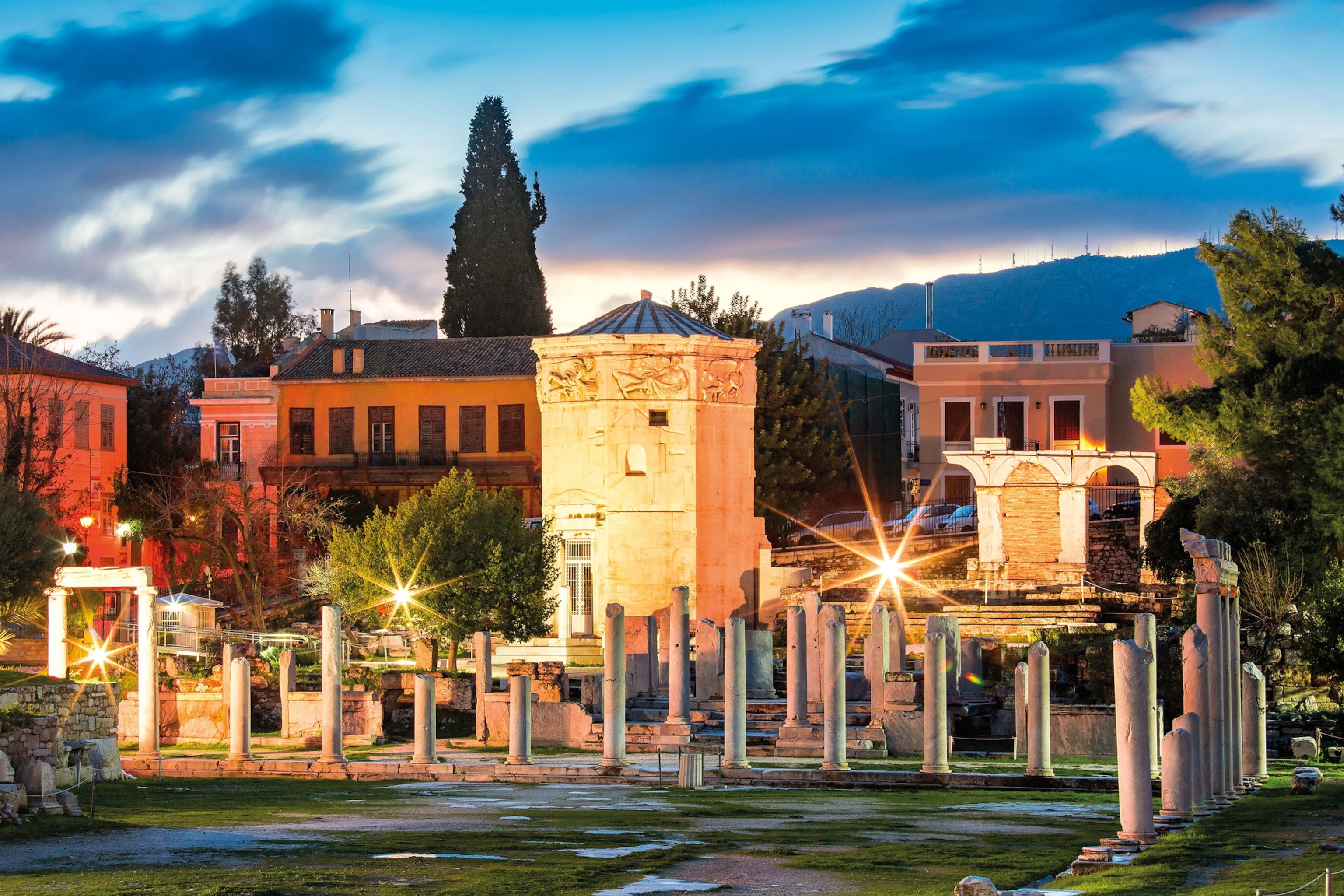
Athens was conquered by Rome in 86 B.C., during the struggle for control of the region with Mithradates VI, king of Pontus, an area near the Black Sea. The fact that Athens stubbornly resisted Rome may have contributed to cultural prejudices. The first-century B.C. orator Cicero, who did much to popularize and spread Greek ideas, nevertheless regarded the Greeks through the prism of a love-hate relationship, describing the Greek national character as untrustworthy.
Trajan had expanded Rome to its greatest limits, leaving behind a sprawling empire for Hadrian in 117. New foes had arisen in the east, and Hadrian knew that stabilizing the eastern lands could help make ruling the massive empire a more manageable task. Seeing the Greek world as key, he knew that his fascination with Hellenist culture could dovetail with his imperial duties. By lavishing honors on Greece, he sought to unify his great empire from east to west.
A temple for all time
During Hadrian’s second stay, Athenians showered honors and plaudits on their returning son. In March 125 he presided over the Greater Dionysia, the city’s ancient dramatic festival. But the emperor was not content with merely a passive role and set himself a monumental challenge: to finish the city’s Olympieion, a temple dedicated to Olympian Zeus.
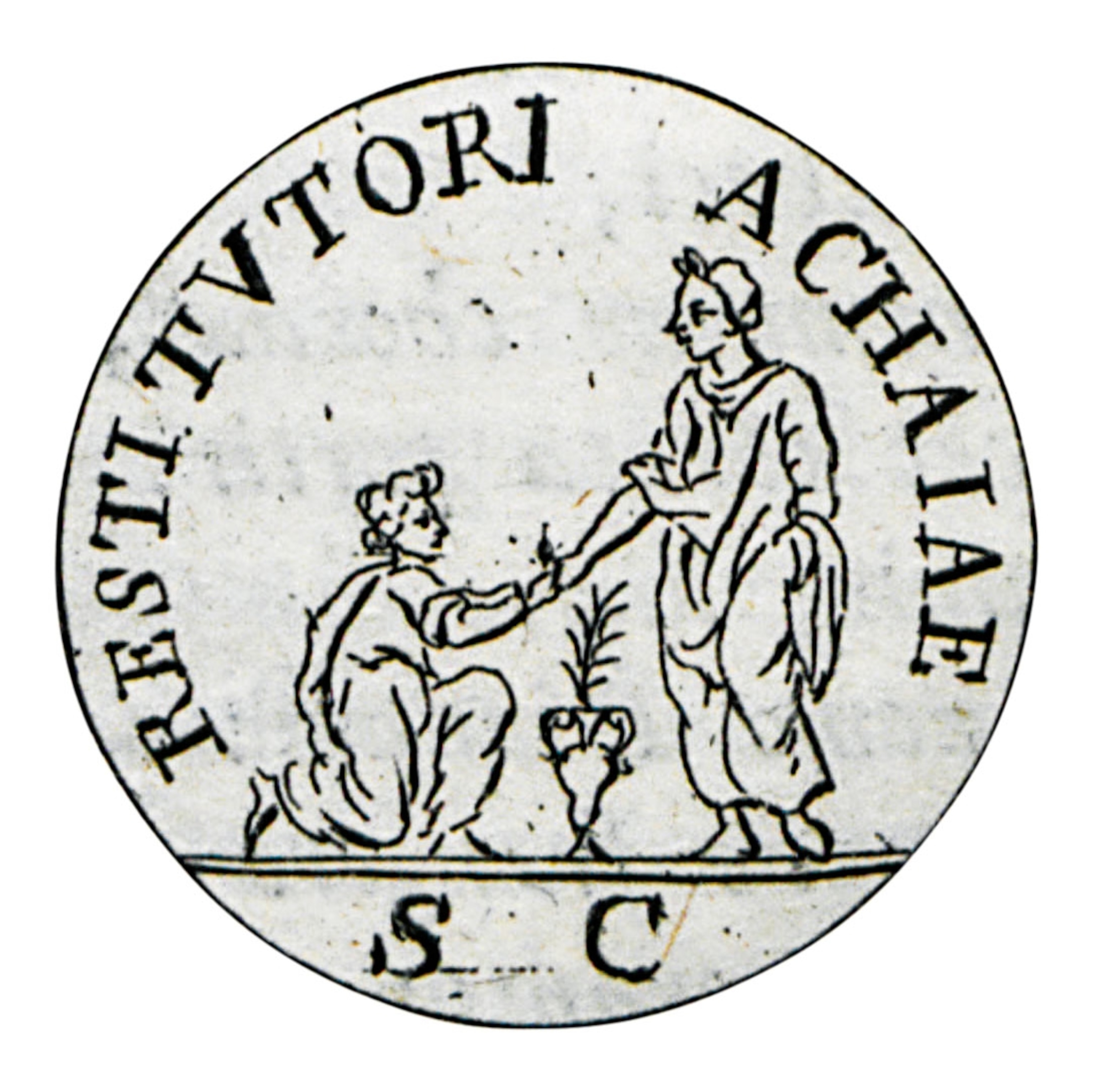
A temple had stood on the site since the sixth century B.C. In the second century B.C., the Seleucid kings, successors of Alexander the Great, attempted to rebuild it, without success. Emperor Augustus had toyed with restoring it to glory, but never did—and so Hadrian set out to succeed where others had failed. (The Greeks changed the idea of the afterlife.)
Hadrian wanted the Olympieion to exceed the Parthenon in splendor. It was to have more than a hundred Corinthian columns, the most ornate variety. They would be adorned with acanthus leaves, a symbol of the regeneration of Greece brought about by himself as the “Roman Pericles.” In his bold architectural vision, he pictured the Olympieion as the nerve center of a new district stretching along the Ilissos River. Immediately, local elites became caught up in the emperor’s enthusiasm and joined forces to support the project, amid a jubilant expectation that glorious years lay ahead for Greece.
For the emperor’s third visit in 128, Hadrian was accompanied on his grand tour by his lover, Antinous, then in his late teens, and renowned for his beauty. The two were invited to attend the Eleusinian Mysteries, a secret rite practiced by the city’s elite, which centered on the myth of Demeter and Persephone. After taking their fill of Athenian hospitality, Hadrian continued toward Egypt. In 130 Antinous drowned under mysterious circumstances while being conveyed by boat along the Nile. A year later, still grieving, Hadrian began his last imperial visit to Athens for the consecration of the Olympieion.
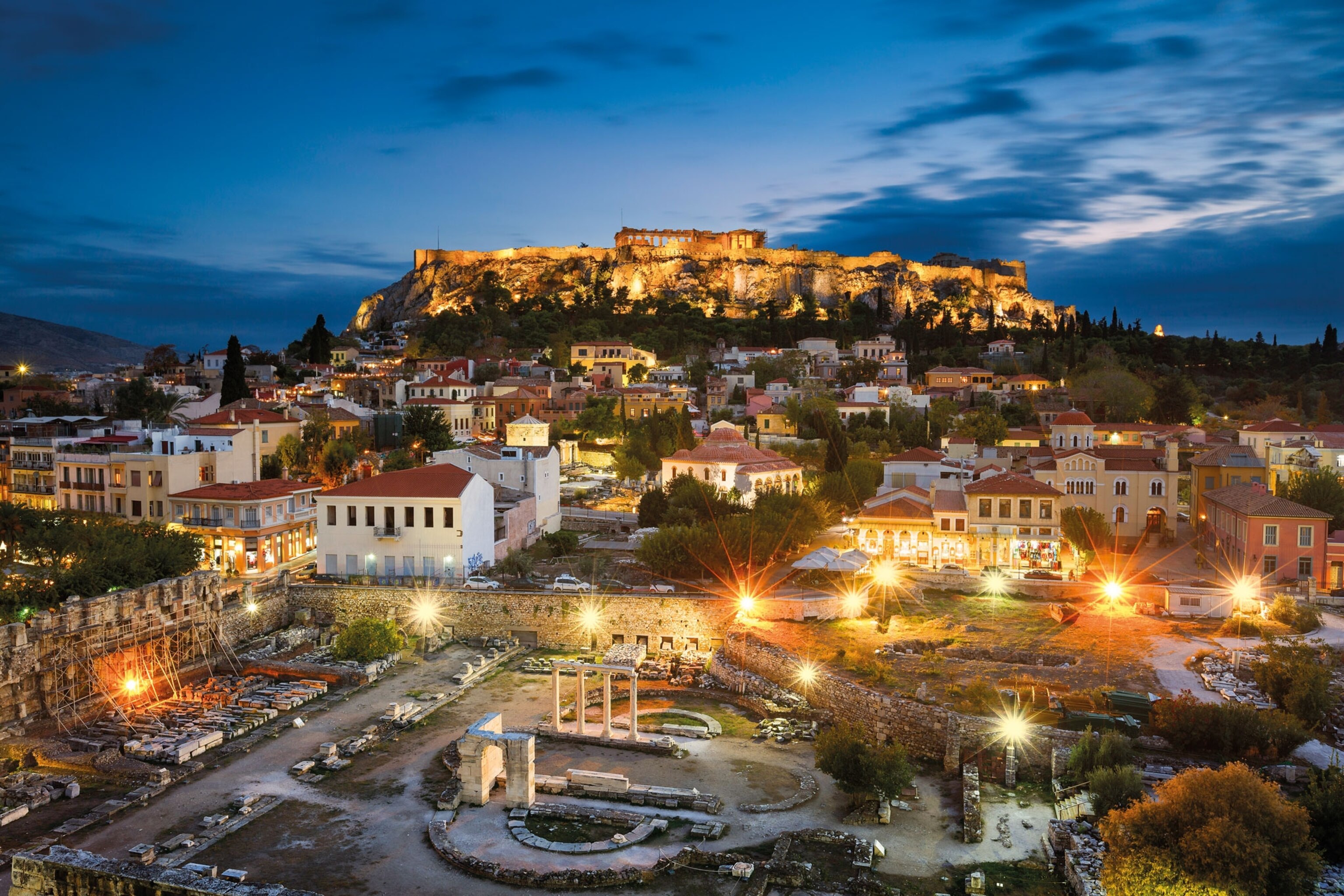
It had been a busy few years for the city. Awash with imperial money, the Athenians were embarking on huge building projects, including the just completed Arch of Hadrian to welcome their returning patron. The inauguration ceremony in the newly completed Olympieion was held in the presence of envoys from all over the Roman world. According to second-century historian Pausanias, the temple housed a colossal ivory and gold statue of Zeus, exceeding in size “all others except the Colossi of Rhodes and Rome.” The temple’s dedication to Zeus was nominal: It was essentially a center for the cult of Hadrian himself.
During this visit, the emperor was no less prolific in his efforts to build up Athens. He established the Panhellenion, a Greek federation drawn from seven Roman provinces, which would hold annual assemblies and games. Historians consider the league as essentially cultural and symbolic. The sense of Panhellenic (“All the Greeks”) is questionable, as Hadrian’s own notions of what constituted Greekness were highly romanticized. He also ordered of the construction of a new library, the largest Athens had ever seen. On completion it included upper galleries for storage and an arcaded courtyard with gardens and a pond.
Hadrian’s miracle arch
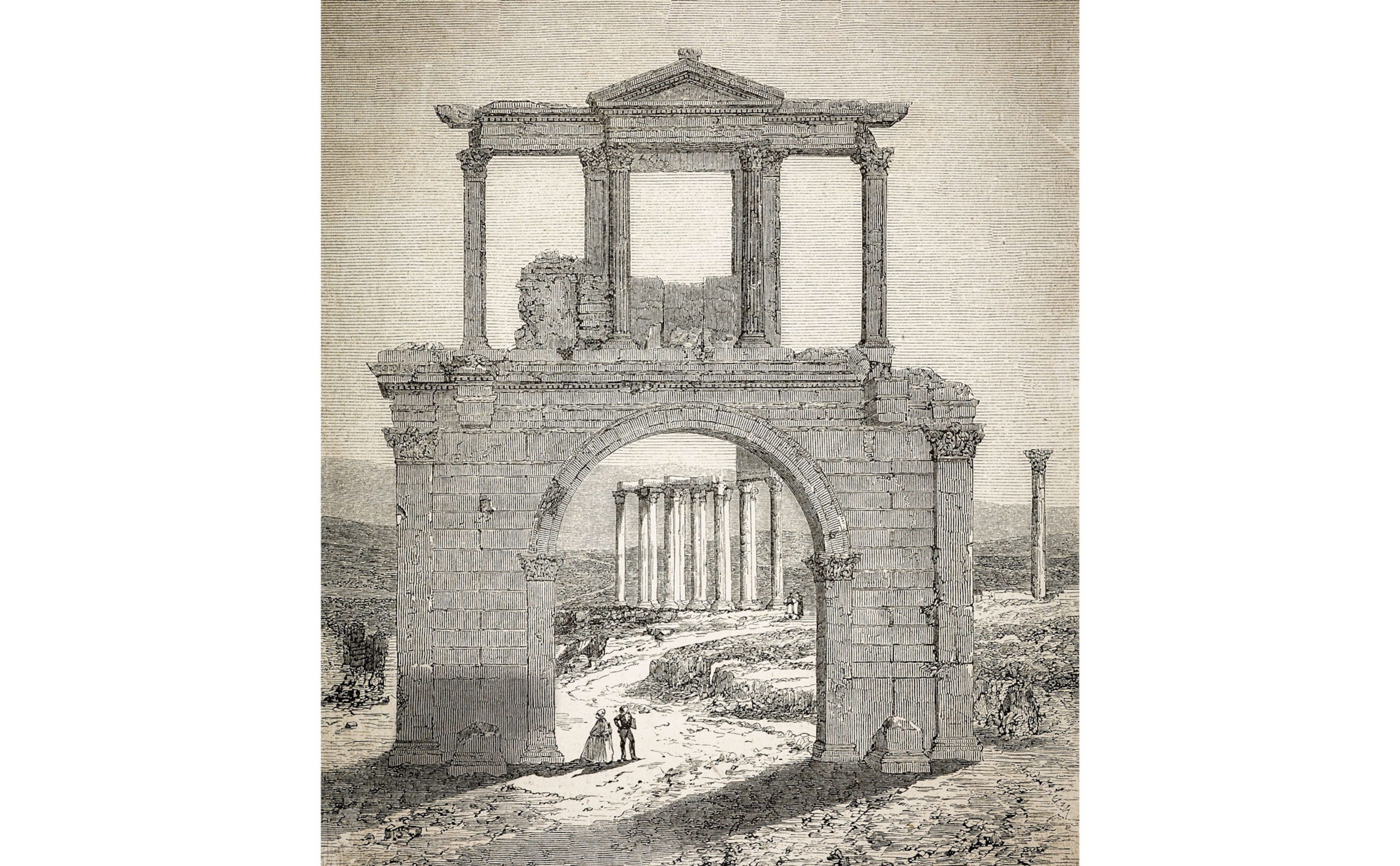
Surrounded by busy modern streets, the fact the Arch of Hadrian is still standing after so many centuries is an archaeological miracle. The 59-foot-high structure, topped with an architrave, is made from marble from Mount Pentelicus, also used for the Parthenon. The arch was built by Athenians to welcome Hadrian in A.D. 131.
On the west side, an inscription reads “This is Athens, the ancient city of Theseus”; on the east, “This is the city of Hadrian, and not of Theseus.” Early scholarship considered the arch marked a physical boundary between old Athens and a new “Hadrianopolis.” Recent studies suggest there is no such boundary, and that the words, by portraying Hadrian as a new Theseus, were the greatest compliment that could be paid to the Roman emperor.
Hadrian never returned to Athens after 132. He died in 138, near Naples. His Athenian projects might have initially outlasted him, but they too fell to the passage of time. The last Panhellenia were held in the 250s, and then, in 267, Athens was sacked by the Germanic Heruli peoples. Many of its monuments were destroyed, and the city shrank in size and preeminence.
Two centuries after Hadrian’s death, the cultural center of the Roman Empire did shift to the east, but farther than he had imagined. In 330 Emperor Constantine moved Rome’s imperial capital to Byzantium, later renamed Constantinople in his honor. This city, and not Athens, became the heart of the new Roman Empire.

